The cause of Cambodia’s killing fields can be found in the Vietnam War. Gratuitous carpet bombing of North Vietnam and (secret bombing) of Laos and Cambodia conducted by the US Military severely destabilized the entire Indochina region – especially Cambodia.
The problems for Cambodia were then exacerbated when the United States surrendered and hastily withdrew from the region. This resulted in the collapse of the US puppet regime in Cambodia and the rise of the Khmer Rouge.
The Khmer Rouge enforced their political ideology by establishing concentration camps called “killing fields”. Additionally, their agricultural policies created widespread famine. The political genocide carried out in Cambodia’s killing fields and the catastrophic agricultural policies of the regime would result in the deaths of millions of Cambodians.
Ideological Similarities of the Killing Fields
Historically, extremist political ideologies have their roots in instability. As a result, the Khmer Rouge came to power as an after effect of the Vietnam War. Similarly, Nazi Germany was born as an after effect of WWI and repression caused by the Versailles Treaty.
Systemic genocide was the policy of both the Nazi concentration camps and Cambodia’s killing fields. The primary difference was that intellectuals were the target of the Khmer Rouge rather than Jews. To the victims of Cambodia’s killing fields, “eyeglasses were as deadly as the yellow star” – Robert Kaplan.
Modern Examples of the Killing Fields
In modern times we do not have to look far to find extremist groups with the same origins of the Khmer Rouge. ISIS gained power after the US inspired Arab Spring destabilized the region. This instability was exacerbated by the withdrawal of the US military from Iraq. As a result, now the world has a big mess on its hands and it has spread far from its place of origin.
Additionally, industrialized countries often create instability with their short sighted agricultural policies. This is manifest in the lavish agricultural subsidies provided to farmers in the US and Western Europe.
The result is the devastation of the agrarian industry in developing economies which causes the refugee crisis in Europe and fuels global extremism. Furthermore, these agricultural subsidies are a bitter irony considering that obesity is an epidemic in the US.
Maoist Origins of Cambodia’s Killing Fields
The Khmer Rouge came to power in 1975 in the midst of the power vacuum created by the withdrawal of the US military. Ideologically, the regime sought to emulate the “Great Leap Forward” which occurred in Maoist China.
To accomplish their objective of rural industrialization, the Khmer Rouge forced the evacuation of cities and forced marches into the countryside. Additionally, the regime rejected modern agricultural techniques and destroyed anything of Western influence, including medicine.
The result was famine and genocide. Directly and indirectly, the policies of the Khmer Rouge resulted in the deaths of 25% of the population of Cambodia. Directly, one million people were killed in Cambodia’s killing fields after being labeled as political enemies of the regime. Indirectly, millions more would die as a result of famine and disease.
What Were Cambodia’s Killing Fields?
Prison camps were established throughout Cambodia for those who were considered enemies of the regime. As a result, facilities such as the Tuol Sleng detention center were part of a large network of concentration camps known as Cambodia’s “killing fields”. The prisoners at facilities such as Tuol Sleng were systematically executed for their crimes and were buried in mass graves.
Mass Graves Discovered at Choeung Ek
We know these killing fields existed in Cambodia because the bodies were later found in mass graveyards located near the facilities. Especially relevant was the discovery of Choeung Ek which was located in an orchard near the Tuol Sleng facility. It is estimated that over 8000 prisoners were executed and buried there.
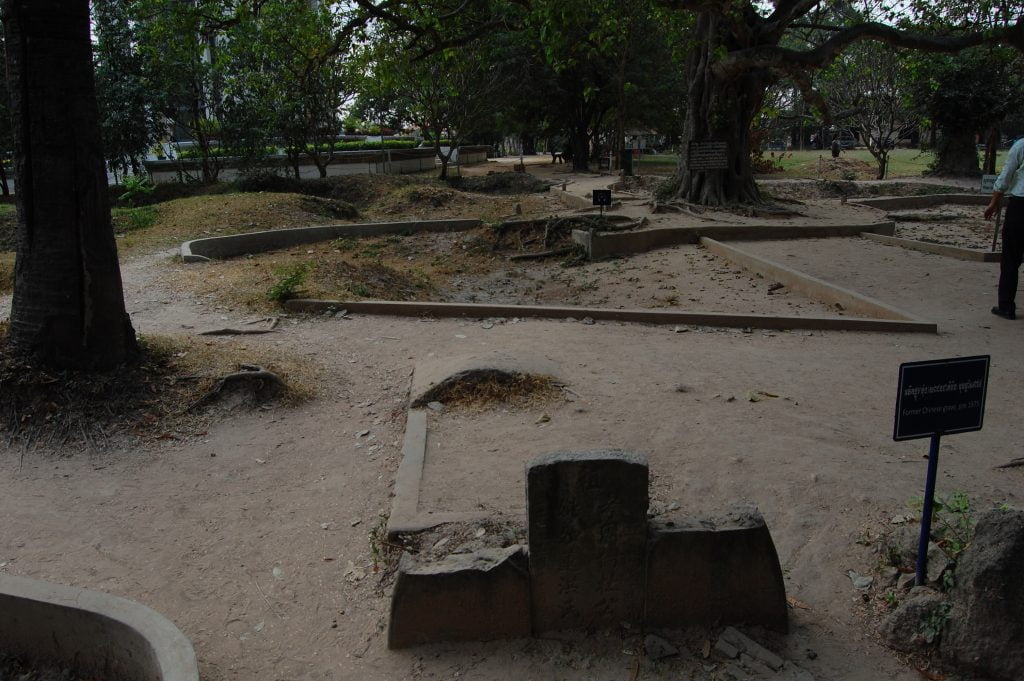
Perhaps to save ammunition, many of the bodies exhumed at Choeung Ek were found with cracked skulls. Indicating that the manner of execution was by bludgeoning the back of the skull. Additionally, methods of execution included poison, spades and sharpened bamboo sticks.
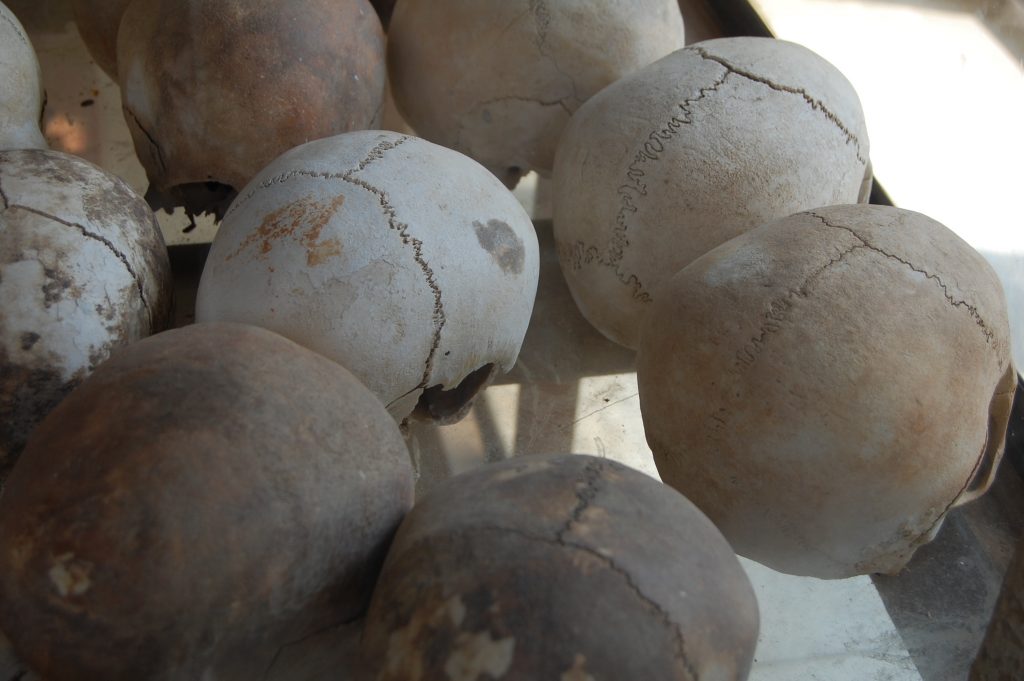
Child Executions at Cambodia’s Killing Fields
The children of adult prisoners would also be executed after their parents were killed. Methodically, the heads of infant children would be smashed as they were hurled against the chankiri trees located in the orchard.
The rationale behind the execution of the children was – “to stop them growing up and taking revenge for their parents’ deaths.”
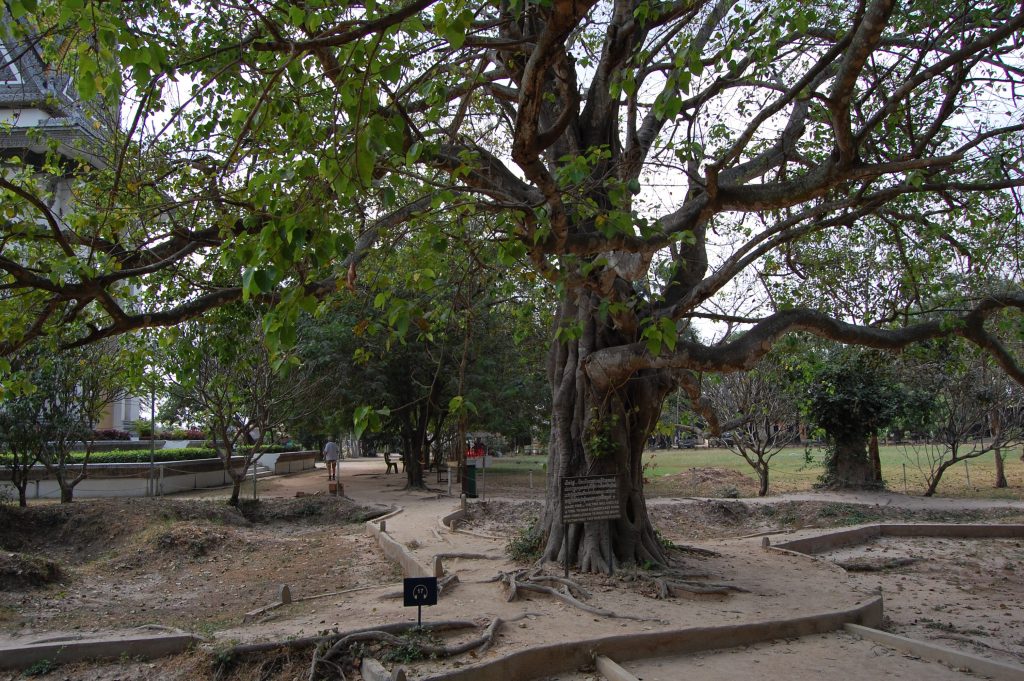
Killing Fields Existed Throughout Cambodia
A different variation of Cambodia’s killing fields was discovered in the limestone cave formations of Phnom Sampeau. As a result, there is now a memorial located at the bottom of stairway that leads into the caves.
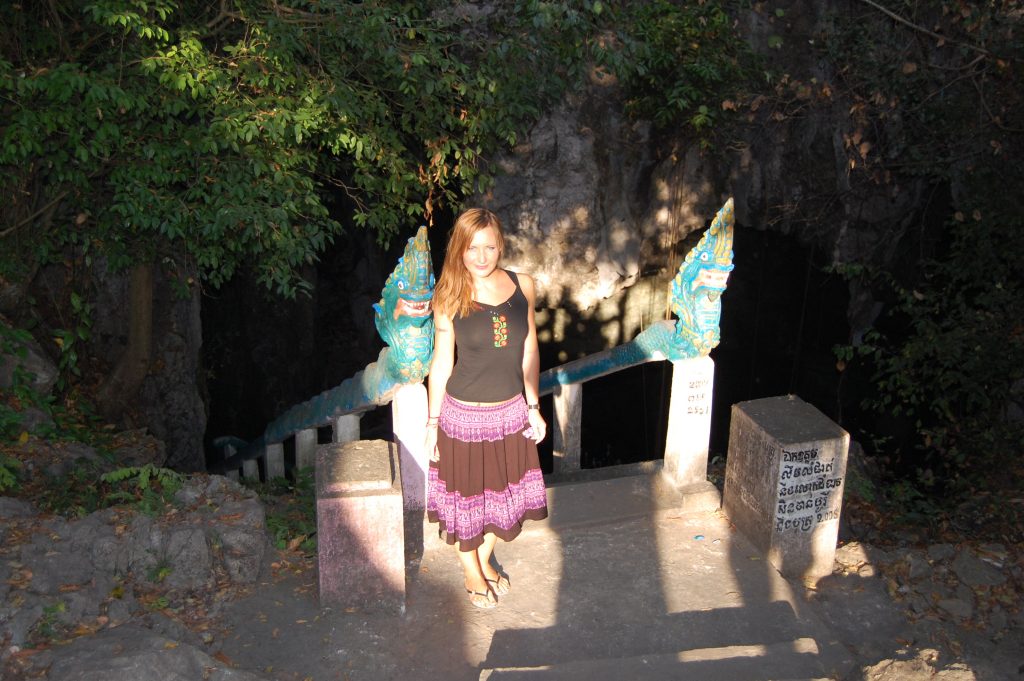
The political prisoners of the regime would be bludgeoned to death and tossed into the caves through holes that served as skylights of the caves.
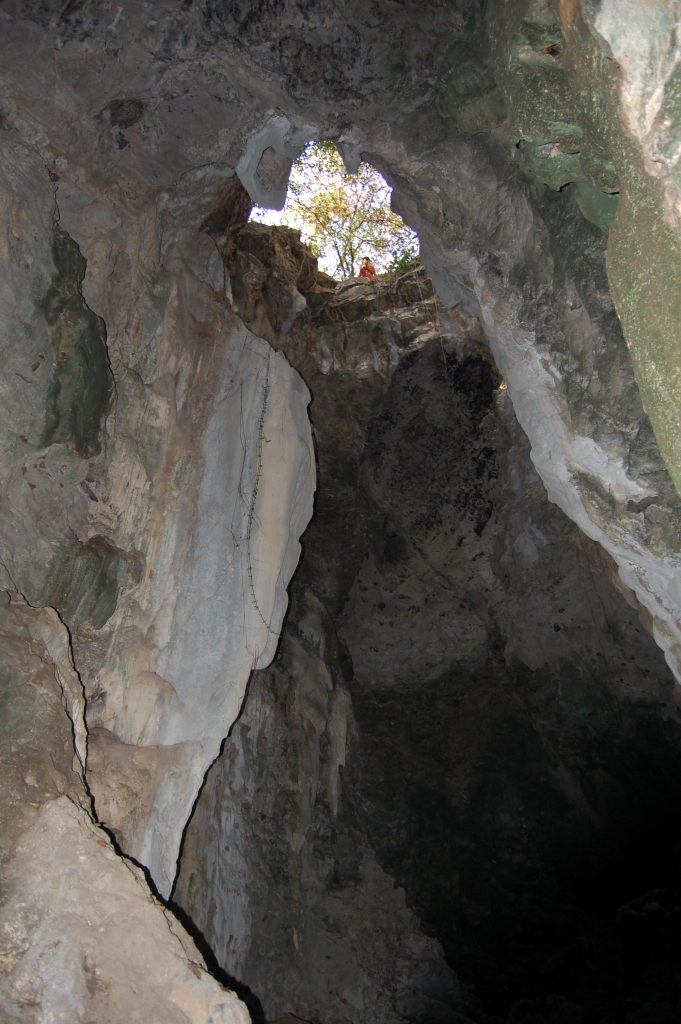
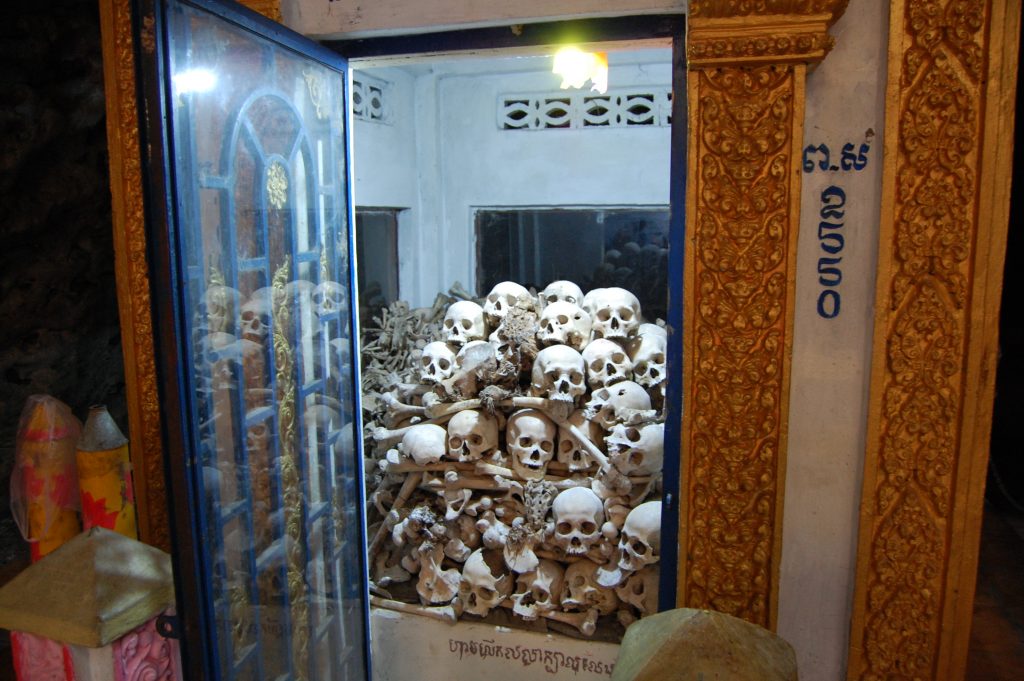
The Downfall of the Khmer Rouge
Fortunately, the Khmer Rouge would only be in power from 1975-1979. However, it was not Western ideology that came to the rescue. Ironically, the reign of the Khmer Rouge ended because the Vietnamese Army invaded Cambodia and defeated the regime.
The invasion of Cambodia by the Vietnamese Army was not a humanitarian mission to clean up after the US Military. Rather, it was instigated because of repeated incursions by the Khmer Rouge into the Mekong Delta. Indeed, the Mekong Delta has long been a point of contention between Vietnam and Cambodia. It remains contested even in present times.
The policy of the Cambodian government is to encourage tourists to visit the memorials set up at Cambodia’s killing fields. Similarly, the government of Vietnam encourages tourists to visit the Cu Chi tunnels.
However, I suspect that the policy of both governments is an effort to promote reflection on the Western origins of the devastation rather then to only promote tourism.

